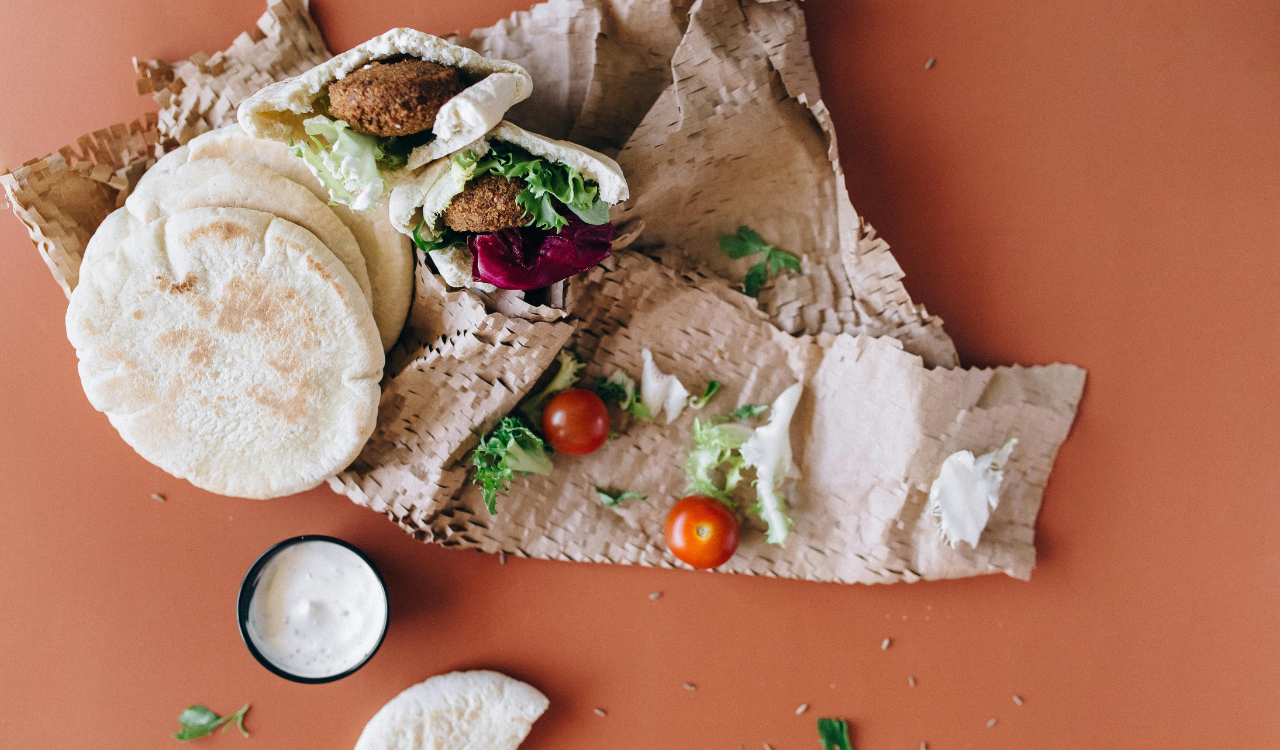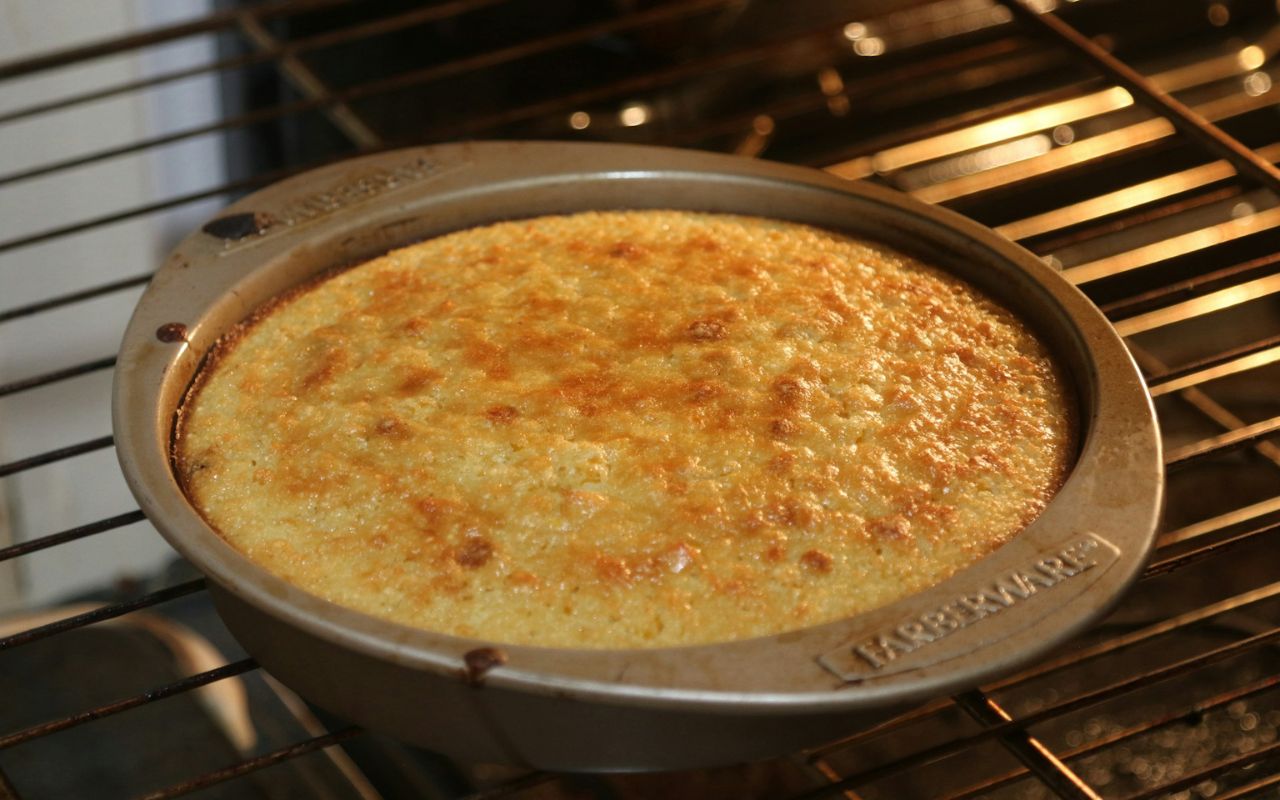8 Clever Uses for Leftover Pickle Brine
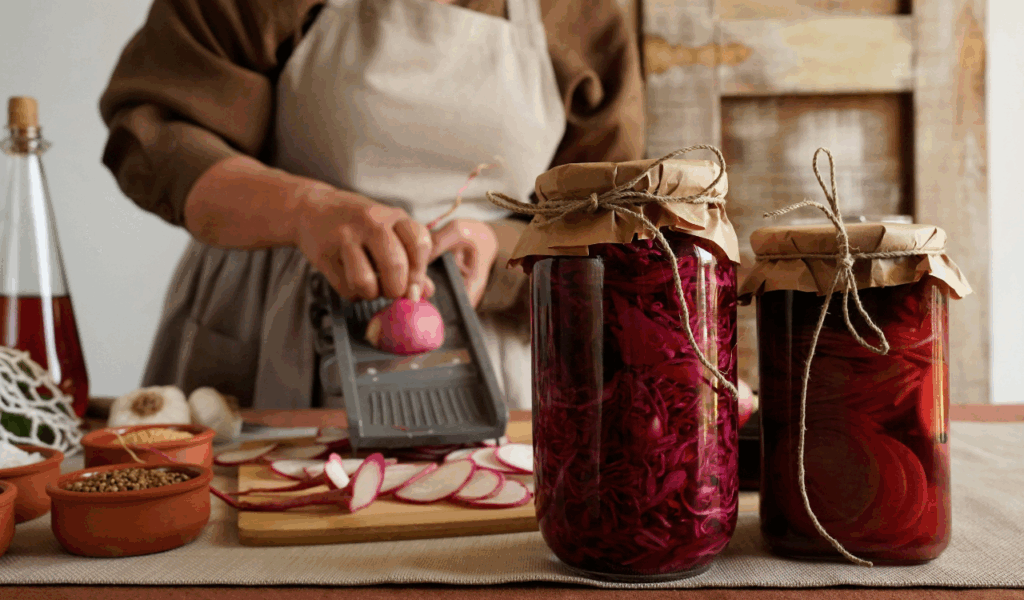
More than just a waste liquid, leftover pickle brine is a treasure trove of flavor, acidity, salt, and spices that can enhance a variety of recipes. You can extend its usefulness, cut waste, and improve taste by repurposing it rather than throwing it away. Below are 8 smart uses for leftover pickle brine, how to use each, balance the flavors, and avoid pitfalls like over‑salting or overpowering other ingredients.
1. Marinating Meat, Poultry or Tofu
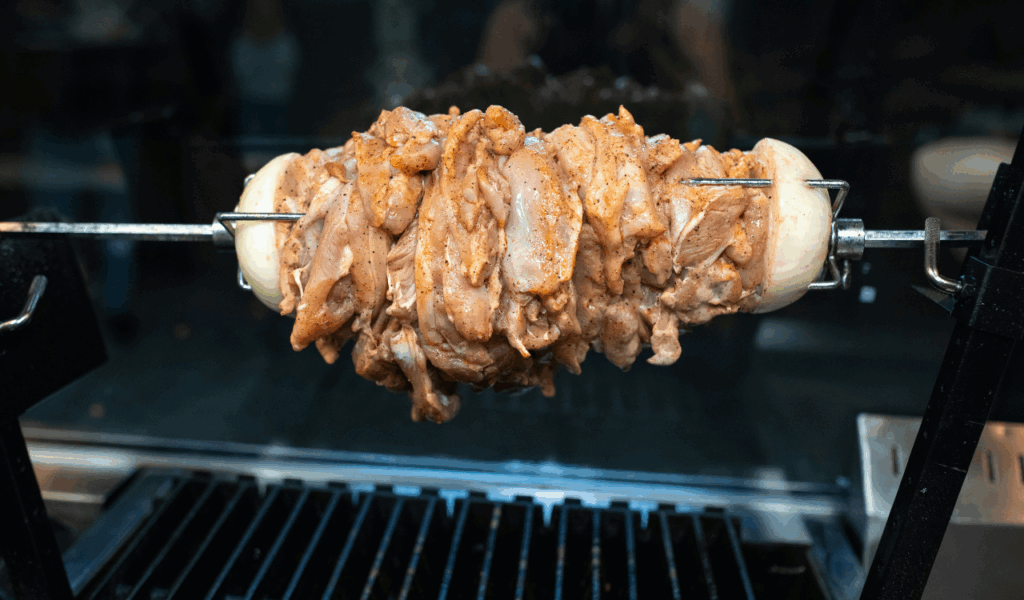
In addition to adding tangy seasoning, marinating meat, poultry, or tofu in pickle brine helps tenderize the proteins. Tough cuts become more tender as a result of the breakdown of proteins caused by the acids (vinegar or fermentation acids). To prevent too much moisture, brine meat or poultry for a few hours (2–12 hours, depending on strength), and then pat dry before cooking. Press and then soak the tofu. Because brine is salty, balance the salt. To complete the flavor, add black pepper, garlic, and herbs. Use willing flavor profiles: a sweet pickle brine will have different notes than a dill brine.
2. Quick‑Pickling More Vegetables
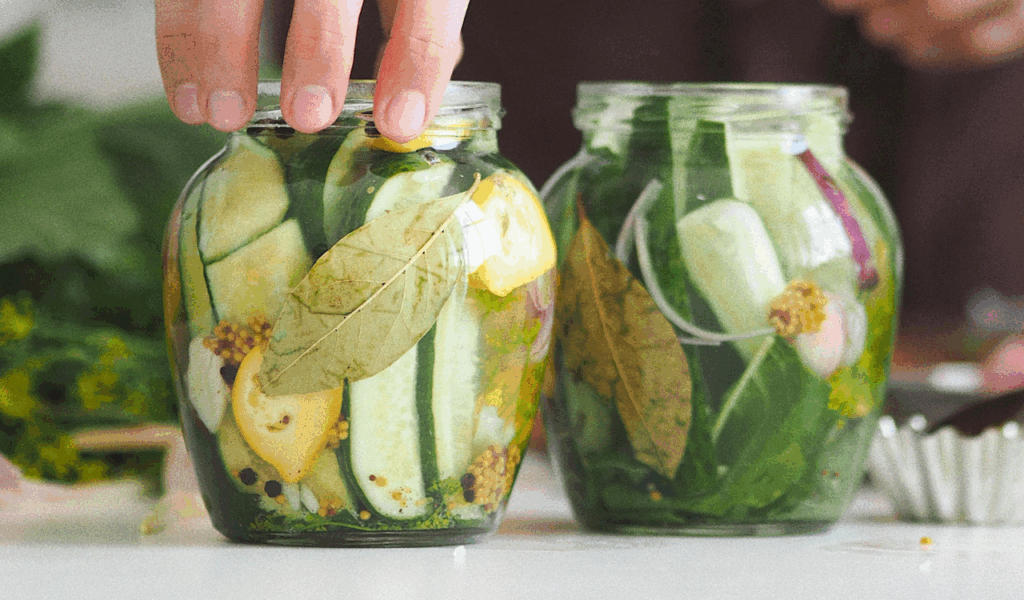
Pickling more vegetables quickly is one of the simplest ways to reuse pickle brine. Thinly slice the soft vegetables (onions, cucumbers, and radishes) and immerse them in the remaining brine. Harder veggies, like jalapeños and carrots, might require more time. It takes less time, typically a few hours to overnight, because the original brine is already seasoned and acidic. If necessary, add fresh herbs or spices. Make sure the veggies are clean and immersed. This produces crunchy, tangy pickled vegetables that you can add to salads, tacos, and sandwiches while also reducing food waste.
3. Brightening Dressings, Dips & Sauces
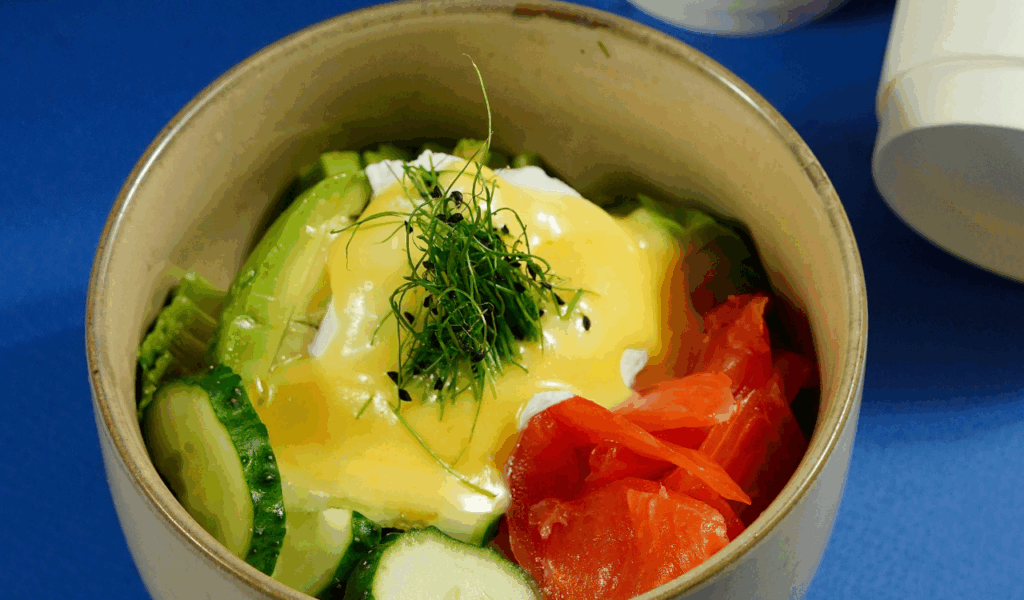
Pickle brine adds acidity, salt, and complexity to dressings, dips, and sauces, much like vinegar or lemon does. Use brine in place of some of the vinegar or acid component. Vinaigrettes, coleslaw dressings, potato salad, and creamy dips like aioli or yogurt-based dips are a few examples. Since the flavor is strong, start with tiny amounts (teaspoons) and then adjust the salt. Match the type of brine to the dish’s flavor; for example, spicy brine works well in sauces for tacos or grilled meats, while dill brine complements green salads.
4. Using It in Rice, Grains or Potatoes
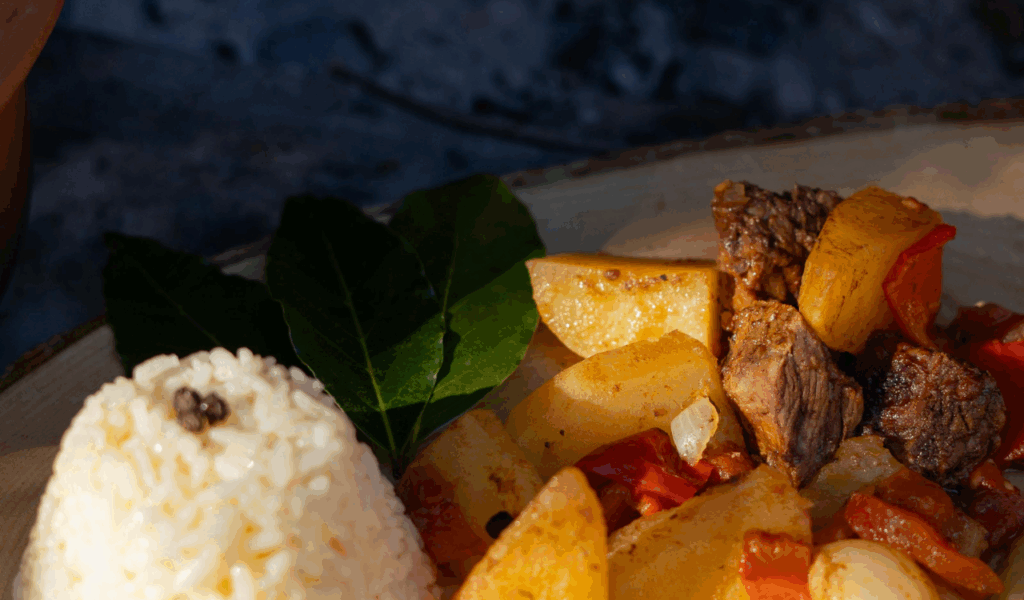
To add a tangy, savory flavor, cook rice or other grains in a mixture of water and pickle brine rather than just plain water. A subtle pickled flavor that enhances mashed potatoes or potato salad can be achieved by boiling potatoes in a pot with some pickle brine added. Because brine contributes both salt and acid, pay attention to the salt levels. If the brine is too strong, dilute it with water. With little additional work, these methods help add personality to basic staples.
5. Using as a Cocktail or Beverage Enhancer

Pickle brine is surprisingly good in non-alcoholic drinks and cocktails. In certain situations, it adds umami, salt, spice, and acidity. Examples include balancing sweetness in mocktails, martinis (such as a “dirty” twist), and Bloody Marys by adding brine. Even a small splash can bring depth. Brine can be used to add color to non-alcoholic beverages like soda water or lemonade. Always adjust the acid, taste first, and don’t let the brine take over.
6. Enhancing Creamy or Rich Dishes
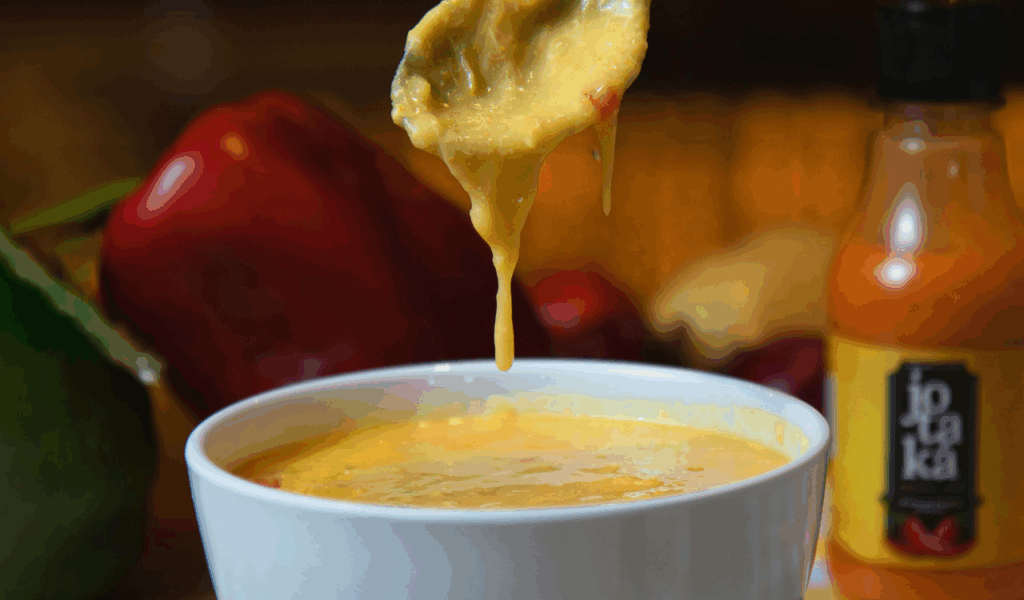
Pickle brine adds acidity and cuts through the richness of rich or creamy foods, such as chowders, mashed potatoes, creamy soups, and cheese casseroles, which can become heavy. To balance flavors, add a small amount at the end, such as a spoonful in cheese sauce, cream sauce, or when completing a creamy soup. Salt adds depth, while acidity helps to brighten. To avoid making the dish too sour, use it sparingly and taste it carefully. The spices and herbs in brine may also contribute a surprising scent.
7. Using It for Brine “Backslopping” & Reusing Pickle Brine
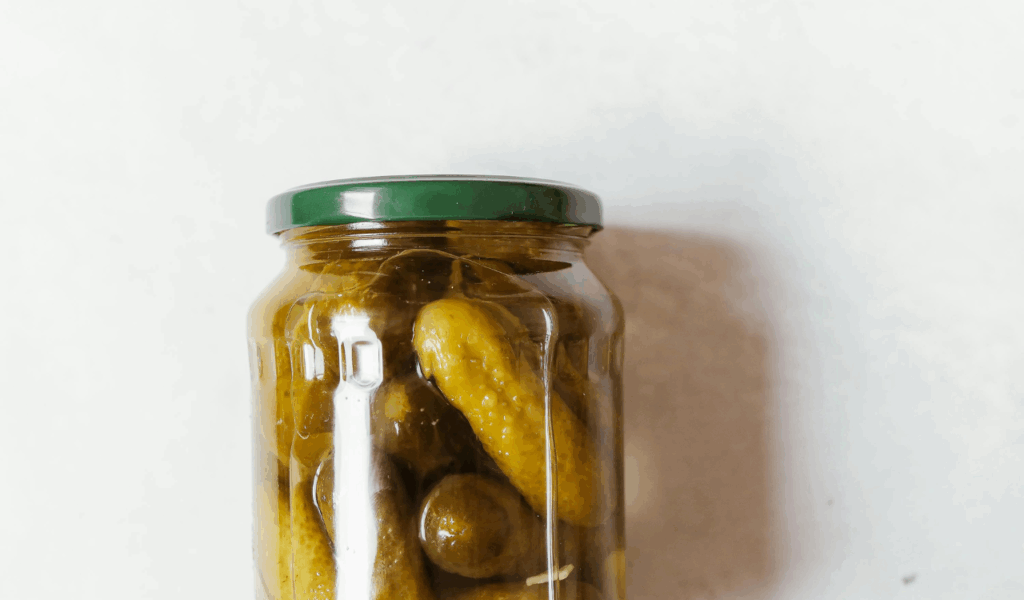
A technique known as “backslopping” allows you to quickly pickle another batch of vegetables using the brine once it has lost some of its original potency. To reuse, make sure the brine is clean (no spoiling), re-season (add vinegar, salt, and spices) if the flavor has faded, and store in a clean container. Match flavor profiles for consistency. Note: Do not reuse brine that has been in contact with raw meat or has contaminants..
8. Reviving Eggs & Snacks or Simple Snack Twists
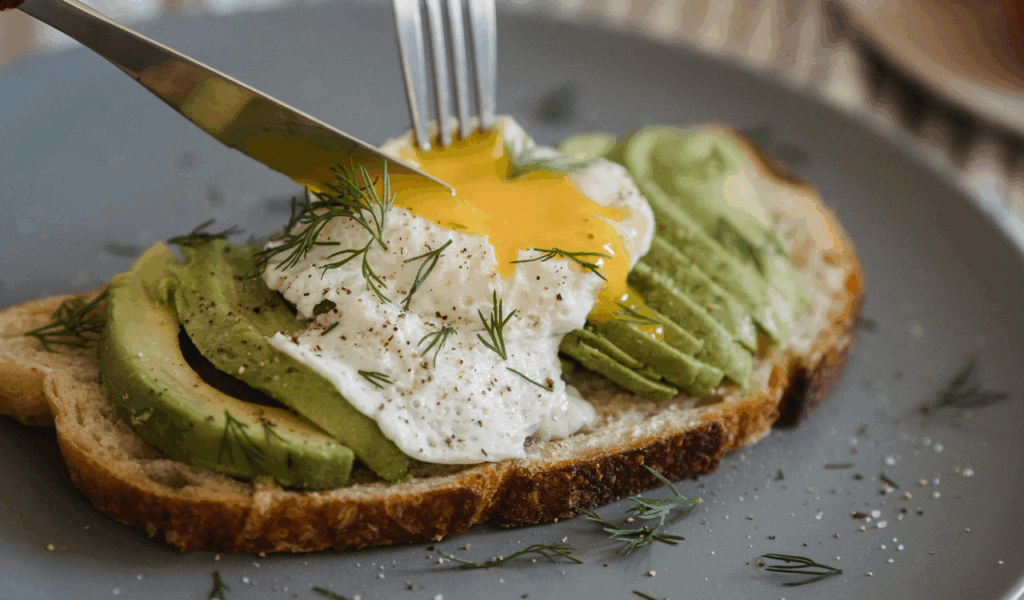
Simple snacks can be transformed with pickle brine. For instance, hard-boiled eggs that are brined for a few hours to overnight develop the flavor of “pickle eggs.” You can drizzle brine over popcorn with melted butter for a salty, tangy snack. Even leftover condiments, such as ranch or mayo, can be transformed into zesty dips by adding brine. These applications are enjoyable, waste-free, and suitable for taste buds that are daring.
